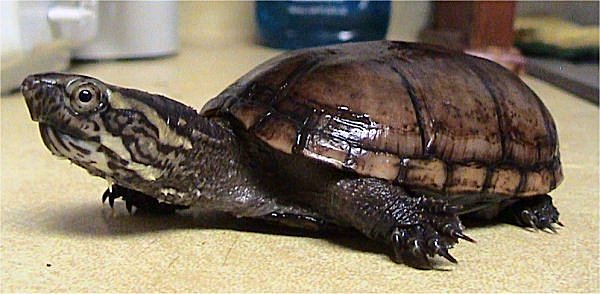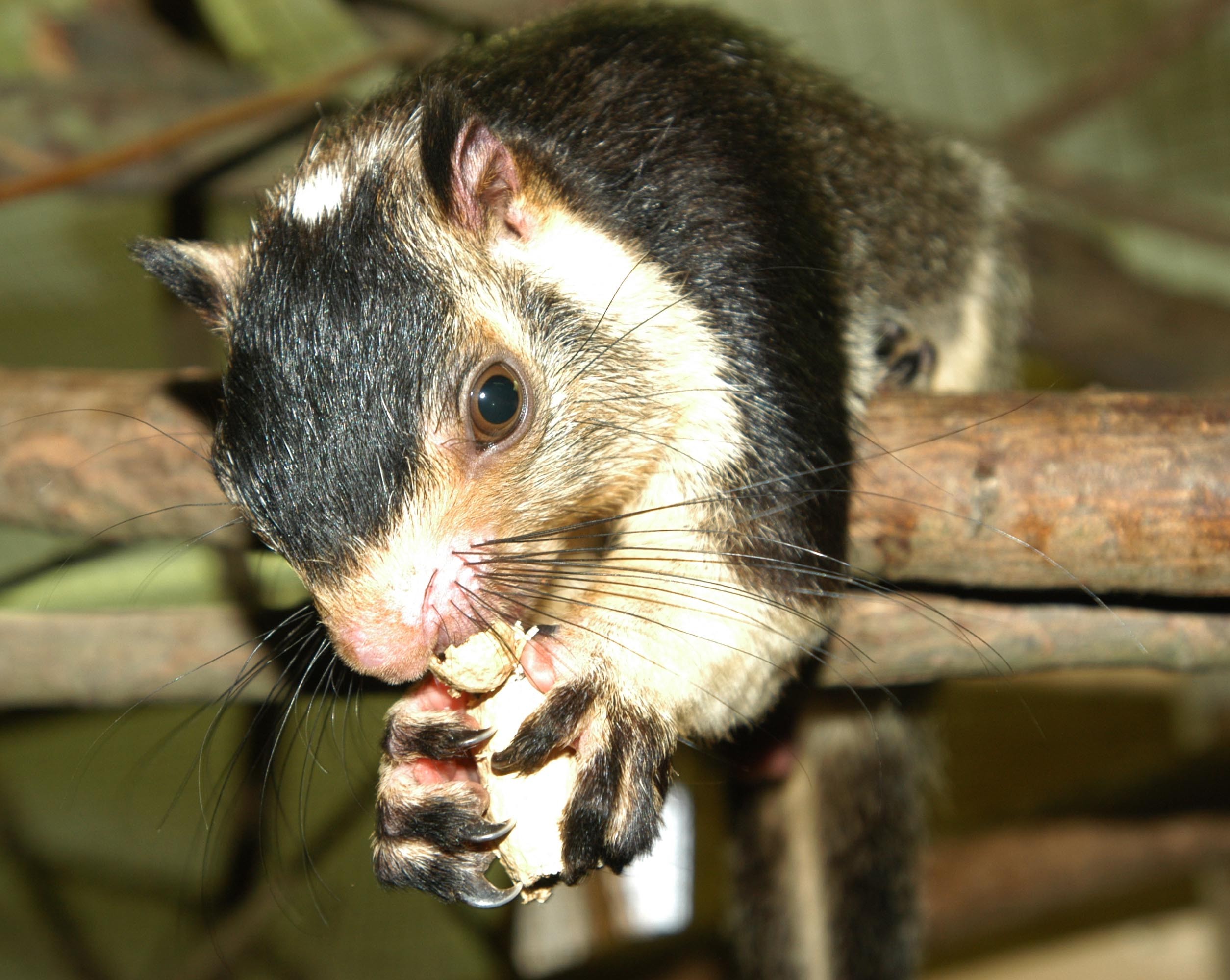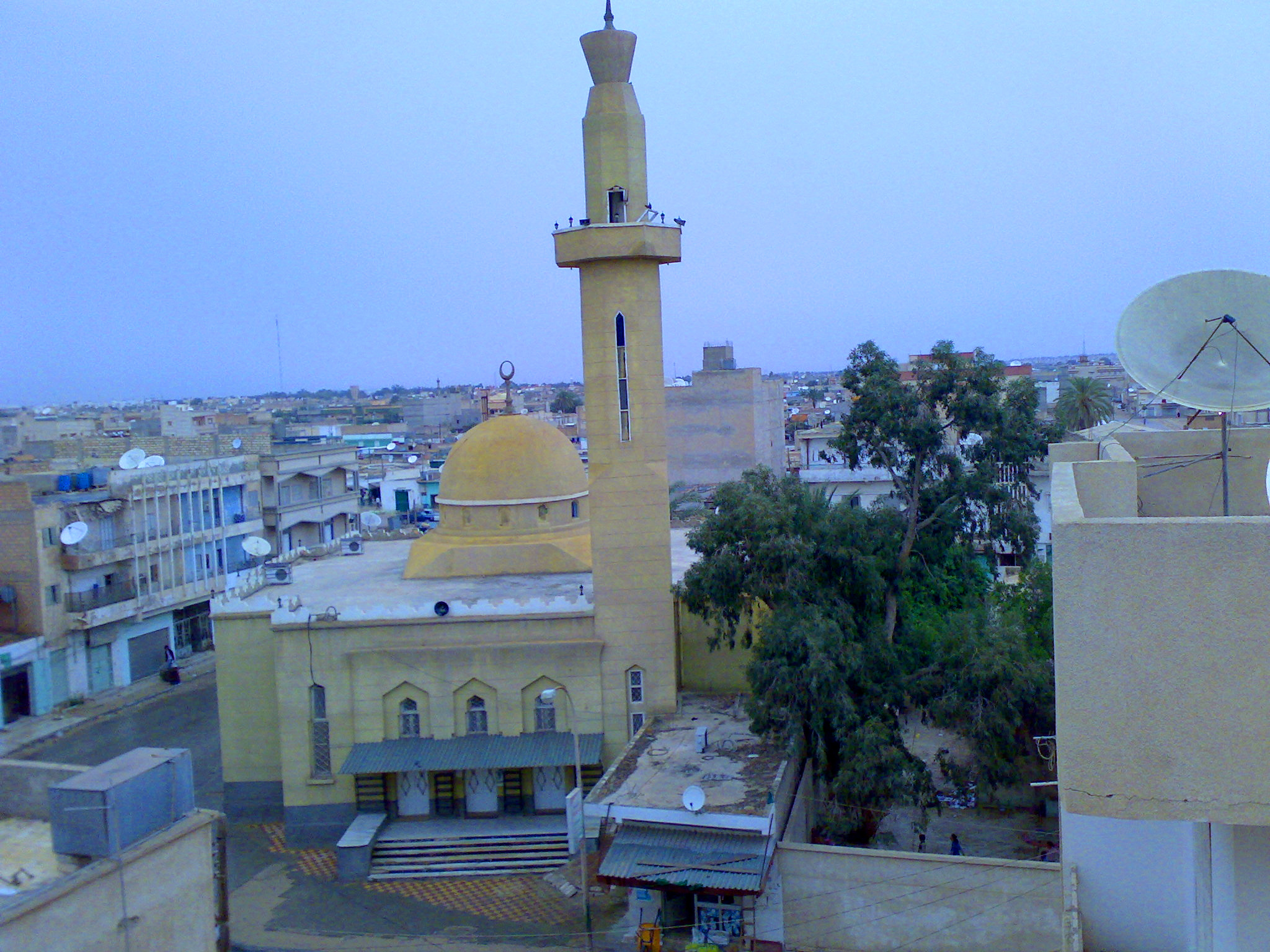|
Carettochelyidae
Carettochelyidae is a family of cryptodiran turtles belonging to the Trionychia. It contains only a single living species, the pig-nosed turtle (''Carettochelys insculpta'') native to New Guinea and Northern Australia. Stem-group carettochelyids are known from the Cretaceous of Asia, with the family being widely distributed across North America, Europe and Asia during the Paleogene. Taxonomy After Joyce, 2014 unless otherwise noted. * Stem-group, Stem group taxa (also known as Pan-''Carettochelys'' Joyce, Parham and Gauthier 2004) * ''Kizylkumemys'' Nessov, 1976 ** ''Kizylkumemys khoratensis'' Tong et al., 2005 Khok Kruat Formation, Thailand, Early Cretaceous (Aptian) ** ''Kizylkumemys schultzi'' Nessov, 1976 Khodzhakul Formation, Uzbekistan, Late Cretaceous (Cenomanian) * Indeterminate fragments of stem-Carretochelyids are also known from the Cenomanian aged Bayan Shireh Formation, Mongolia * Carettochelyidae Gill, 1889 ** ''Anosteira'' Leidy, 1871 *** ''Anosteira manchuriana'' ... [...More Info...] [...Related Items...] OR: [Wikipedia] [Google] [Baidu] |
Pig-nosed Turtle
The pig-nosed turtle (''Carettochelys insculpta''), also known as the pitted-shelled turtle or Fly River turtle, is a species of turtle native to northern Australia and southern New Guinea. It is the only living member of the family Carettochelyidae, which are related to softshell turtles. Systematics ''C. insculpta'' is the only living member of the genus ''Carettochelys'', the subfamily Carettochelyinae, and the family Carettochelyidae, with Carettochelyidae being one of two families in the Trionychia, alongside Trionychidae (softshell turtles). Carettochelyidae has an extensive fossil record extending into the Paleogene and was formerly widespread, with fossils having been found in Asia, North America, Europe, Africa and Australia. Some literature claims two subspecies, but a recent paper rejects this. Description The pig-nosed turtle is unlike any other species of freshwater turtle in its combination of traits. The feet are flippers, resembling those of marine turt ... [...More Info...] [...Related Items...] OR: [Wikipedia] [Google] [Baidu] |
Pig-nosed Turtle
The pig-nosed turtle (''Carettochelys insculpta''), also known as the pitted-shelled turtle or Fly River turtle, is a species of turtle native to northern Australia and southern New Guinea. It is the only living member of the family Carettochelyidae, which are related to softshell turtles. Systematics ''C. insculpta'' is the only living member of the genus ''Carettochelys'', the subfamily Carettochelyinae, and the family Carettochelyidae, with Carettochelyidae being one of two families in the Trionychia, alongside Trionychidae (softshell turtles). Carettochelyidae has an extensive fossil record extending into the Paleogene and was formerly widespread, with fossils having been found in Asia, North America, Europe, Africa and Australia. Some literature claims two subspecies, but a recent paper rejects this. Description The pig-nosed turtle is unlike any other species of freshwater turtle in its combination of traits. The feet are flippers, resembling those of marine turt ... [...More Info...] [...Related Items...] OR: [Wikipedia] [Google] [Baidu] |
Trionychia
Trionychia is a superfamily of turtles which encompasses the species that are commonly referred to as softshelled turtles as well as some others. The group contains two families, Carettochelyidae, which has only one living species, the pig-nosed turtle (''Carettochelys insculpta'') native to New Guinea and Northern Australia, and Trionychidae, the softshelled turtles, containing numerous species native to Asia, North America and Africa. These families likely diverged during the late Jurassic. The oldest known stem-trionychian is '' Sinaspideretes'' from the Late Jurassic of China. Systematics Except for those not assigned to a family, only living genera are listed here. *Family Carettochelyidae ** Subfamily Carettochelyinae *** Genus '' Carettochelys'' *Pan-Trionychidae ** Family PlastomenidaeOne or more basal lineages formerly believed to be a distinct family (fossil) ** Family Trionychidae ***Subfamily Cyclanorbinae **** Genus '' Cyclanorbis'' **** Genus '' Cycloderma' ... [...More Info...] [...Related Items...] OR: [Wikipedia] [Google] [Baidu] |
Anosteira
''Anosteira'' is an extinct genus of carettochelyid turtle from the Eocene to the Oligocene of Asia and North America. Taxonomy After * ''Anosteira manchuriana'' Zangerl, 1947 Liaoning, China, late Eocene * ''Anosteira maomingensis'' Chow and Liu, 1955 Youkanwo Formation, Guangdong, China, Late Eocene * ''Anosteira mongoliensis'' Gilmore, 1931 Inner Mongolia, China, Late Eocene-Oligocene * ''Anosteira ornata'' Leidy, 1871 Bridger Formation, Wyoming, USA, Early Eocene * ''Anosteira pulchra'' (Clark, 1932) Uinta Formation, Utah, USA, Middle Eocene (Lutetian) References Sources * ''The Osteology of the Reptiles'' by Alfred Sherwood Romer * ''Chinese Fossil Vertebrates'' by Spencer G. Lucas * ''The Age of Dinosaurs in Russia and Mongolia'' by Michael J. Benton, Mikhail A. Shishkin, David M. Unwin, and Evgenii N. Kurochkin. p. 344. External links''Anosteira''in the Paleobiology Database The Paleobiology Database is an online resource for information on the distribution ... [...More Info...] [...Related Items...] OR: [Wikipedia] [Google] [Baidu] |
Bridger Formation
The Bridger Formation is a geologic formation in southwestern Wyoming. It preserves fossils dating back to the Ypresian Epoch of the Paleogene Period. The formation was named by American geologist Ferdinand Vandeveer Hayden for Fort Bridger, which had itself been named for mountain man Jim Bridger. The Bridger Wilderness covers much of the Bridger Formation's area. History Before colonization, the lands making up the Bridger Formation had been inhabited by the Apsáalooke, Bannock, Eastern Shoshone, Hinono'eino, Očhéthi Šakówiŋ, Só'taeo'o, Tsétsêhéstâhese, and Ute nations. European settlers began to settle the area around the Bridger Formation in the 19th century, beginning with the establishment of the Oregon Trail in 1830. Fort Bridger – for which the formation would later be named – was established in 1843 by Jim Bridger and Louis Vasquez. In 1868, the remaining Indigenous communities in the area were displaced by the Treaty of Fort Bridger, removing t ... [...More Info...] [...Related Items...] OR: [Wikipedia] [Google] [Baidu] |
Cryptodira
The Cryptodira ('' el, hidden neck'') are a suborder of Testudines that includes most living tortoises and turtles. Cryptodira differ from Pleurodira (side-necked turtles) in that they lower their necks and pull the heads straight back into the shells, instead of folding their necks sideways along the body under the shells' marginals. They include among their species freshwater turtles, snapping turtles, tortoises, softshell turtles, and sea turtles. Neck retraction The Cryptodira are characterized by retraction of the head in the vertical plane, which permits for primarily vertical movements and restricted lateral movements outside of the shell. These motions are largely due to the morphology and arrangement of cervical vertebrae. In all recent turtles, the cervical column consists of nine joints and eight vertebrae. Compared to the narrow vertebrae and the closely positioned zygapophyses of the pleurodires, the cryptodires’ vertebrae take on the opposite shape. Their ce ... [...More Info...] [...Related Items...] OR: [Wikipedia] [Google] [Baidu] |
Allaeochelys
''Allaeochelys'' is an extinct genus of Carettochelyid turtle, known from the Eocene to Miocene of Europe, Asia, North America and Africa. Fossils of the species ''Allaeochelys crassesculpta'' have been found in the Messel Pit near Darmstadt, Germany in pairs fossilised in the coital position. It is believed to be the only example in the fossil record of vertebrates mating. Dr Walter Joyce of the University of Tübingen said that "We've demonstrated quite clearly that each pair is a male and a female, and not, for example, just two males that might have died in combat....People had long speculated they might have died while mating, but that's quite different from actually showing it." Taxonomy After * ''Allaeochelys crassesculpta'' (Harrassowitz, 1922) Messel Pit, Germany, Early Eocene * ''Allaeochelys delheidi'' (Dollo, 1886) Brussels Formation, Belgium, Zamora, Spain, Early Eocene Headon Hill Formation, England, Late Eocene (Priabonian) * ''Allaeochelys libyca'' Havlik ... [...More Info...] [...Related Items...] OR: [Wikipedia] [Google] [Baidu] |
Khok Kruat Formation
The Khok Kruat Formation () is a rock formation found in northeastern Thailand. It is the uppermost formation of the Khorat Group. It is dated to the Aptian stage of the Early Cretaceous period, and is notable for its fossils of dinosaurs. It is equivalent to the Gres superieurs Formation of Laos.Weishampel, David B; et al. (2004). "Dinosaur distribution (Early Cretaceous, Asia)." In: Weishampel, David B.; Dodson, Peter; and Osmólska, Halszka (eds.): The Dinosauria, 2nd, Berkeley: University of California Press. Pp. 563-570. . The group is a fluvial formation consisting primarily of red siltstones and sandstones. Vertebrate paleofauna The Khok Kruat Formation has yielded remains of sharks, fishes, turtles, crocodilians and pterosaurs. ''Phuwiangosaurus''-like teeth, ''Siamosaurus'' teeth, and fragmentary postcranial remains of spinosaurids have also been recovered from it. ''Fukuiraptor-''like teeth have also been recovered from the formation. Reptiles Dinosaurs Pse ... [...More Info...] [...Related Items...] OR: [Wikipedia] [Google] [Baidu] |
Langhian
The Langhian is, in the ICS geologic timescale, an age or stage in the middle Miocene Epoch/Series. It spans the time between 15.97 ± 0.05 Ma and 13.65 ± 0.05 Ma (million years ago) during the Middle Miocene.GeoWhen (2007) The Langhian was a continuing warming period defined by Lorenzo Pareto in 1865, it was originally established in the Langhe area north of Ceva in northern Italy, hence the name. The Langhian is preceded by the Burdigalian and followed by the Serravallian Stage. Stratigraphic definition The base of the Langhian is defined by the first appearance of foraminifer species ''Praeorbulina glomerosa'' and is also coeval with the top of magnetic chronozone C5Cn.1n. A GSSP for the Langhian Stage was not yet established in 2009. The top of the Langhian Stage (the base of the Serravallian Stage) is at the first occurrence of fossils of the nanoplankton species ''Sphenolithus heteromorphus'' and is located in magnetic chronozone C5ABr. The Langhian is coeval with the ... [...More Info...] [...Related Items...] OR: [Wikipedia] [Google] [Baidu] |
Miocene
The Miocene ( ) is the first geological epoch of the Neogene Period and extends from about (Ma). The Miocene was named by Scottish geologist Charles Lyell; the name comes from the Greek words (', "less") and (', "new") and means "less recent" because it has 18% fewer modern marine invertebrates than the Pliocene has. The Miocene is preceded by the Oligocene and is followed by the Pliocene. As Earth went from the Oligocene through the Miocene and into the Pliocene, the climate slowly cooled towards a series of ice ages. The Miocene boundaries are not marked by a single distinct global event but consist rather of regionally defined boundaries between the warmer Oligocene and the cooler Pliocene Epoch. During the Early Miocene, the Arabian Peninsula collided with Eurasia, severing the connection between the Mediterranean and Indian Ocean, and allowing a faunal interchange to occur between Eurasia and Africa, including the dispersal of proboscideans into Eurasia. During the ... [...More Info...] [...Related Items...] OR: [Wikipedia] [Google] [Baidu] |
Al Wahat District
Al Wahat or The Oases ( ar, الواحات ', en, The Oases), occasionally spelt ''Al Wahad'' or ''Al Wahah'' ( en, The Oasis) is one of the districts of Libya.''Statesman's Yearbook 2006'' Its capital and largest city is Ajdabiya. The district is home to much of Libya's petroleum extraction economic activity. History Traditionally Al Wahat was the western part of Cyrenaica. With the division of Libya into ten governorates in 1963, Al Wahat became part of the Misrata Governorate. In the 1973 reorganization it became part of Al Khalji Governorate. In 1983 Al Khalji was divided into a number of baladiyat (districts), with what is now Al Wahat being included in the Ajdabiya baladiyah and the Jalu baladiyah. In the 1988 reorganization, Jalu was subsumed within Ajdabiya baladiyah. The status of the area in the reorganization of 1995 which created thirteen districts is unclear; however, in the 1998 reorganization into twenty-six districts, the name "Al-Wahad" appears as a district ... [...More Info...] [...Related Items...] OR: [Wikipedia] [Google] [Baidu] |
Priabonian
The Priabonian is, in the ICS's geologic timescale, the latest age or the upper stage of the Eocene Epoch or Series. It spans the time between . The Priabonian is preceded by the Bartonian and is followed by the Rupelian, the lowest stage of the Oligocene. Stratigraphic definition The Priabonian Stage was introduced in scientific literature by Ernest Munier-Chalmas and Albert de Lapparent in 1893. The stage is named after the small hamlet of Priabona in the community of Monte di Malo, in the Veneto region of northern Italy. The base of the Priabonian Stage is at the first appearance of calcareous nannoplankton species ''Chiasmolithus oamaruensis'' (which forms the base of nanoplankton biozone NP18). An official GSSP was ratified in 2020, and was placed in the Alano di Piave section in Alano di Piave, Belluno, Italy. The top of the Priabonian Stage (the base of the Rupelian Stage and Oligocene Series) is at the extinction of foram genus ''Hantkenina''. Sometimes local rock ... [...More Info...] [...Related Items...] OR: [Wikipedia] [Google] [Baidu] |








